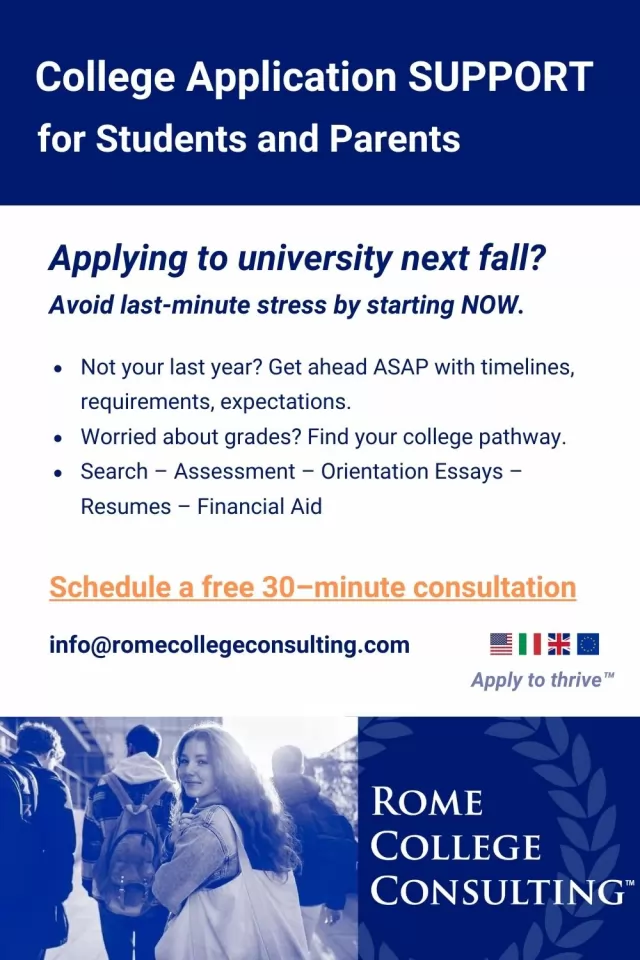Rome's outgoing mayor works to compete pedestrianisation project.
Rome's outgoing mayor, Ignazio Marino, is working to complete his plan to pedestrianise the whole of Via dei Fori Imperiali, from Piazza Venezia to the Colosseum, during his last 20 days of office which finish at the end of October.
His plan is also designed to unite the two sections of the city's largest and most important archaeological area, the Roman Forum.
Marino's pedestrianisation proposal was a central plank of his election campaign, and was lauded internationally by conservationists concerned over the effects of pollution on the Colosseum, as well as by Adriano La Regina, who was Rome's prestigious superintendent of archaeology from 1976-2004.
Currently the street is closed to private vehicles but city buses and taxis can circulate from Piazza Venezia to Largo Corrado Ricci, about halfway up Via dei Fori Imperiali, at the turn-off to Via Cavour. Only buses have access the whole way, from Piazza Venezia to the Colosseum.
The move would require the re-routing of some 15 buses, most of which connect the S. Giovanni district, and beyond, to the city centre. It will also mean that people will no longer be able to catch a bus from the Colosseo metro stop to the historic centre. They will either have to walk (about 15 minutes) to Piazza Venezia, go back to Termini on the metro and then change for Barberini or Piazza di Spagna, or take a taxi from the rank on the S. Giovanni side of the Colosseum.
In 2013 Marino banned private traffic from driving between Piazza Venezia and the Colosseum, diverting cars away from the Forum and Colosseum up Via Cavour and onto Via degli Annibaldi. Traffic in the other direction, from S. Giovanni, was routed along Via Merulana in the direction of S. Maria Maggiore and then down Via Cavour.
The move is unpopular with many local businesses, who claim they have lost trade due to lack of shoppers on Via Labicana (from the Colosseum to S. Giovanni) and lack of parking on the now much busier Via Merulana.


















